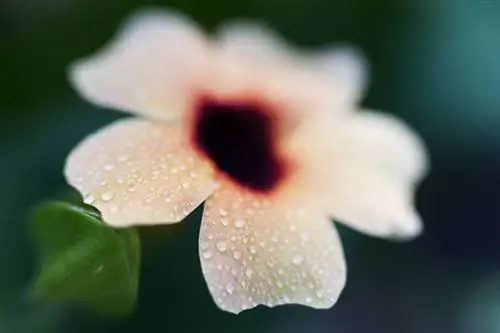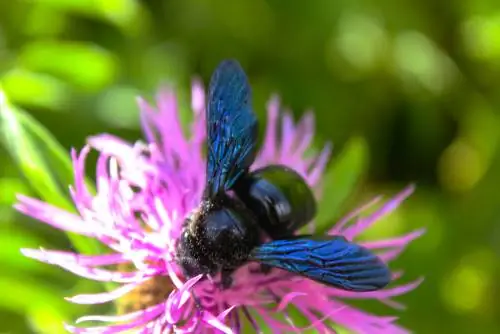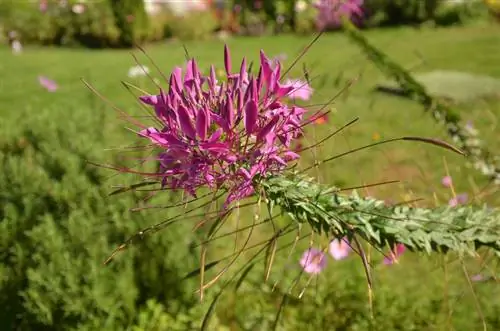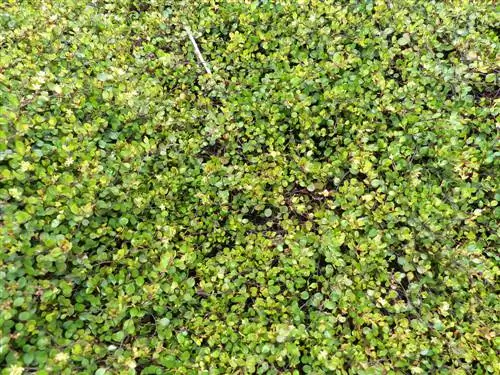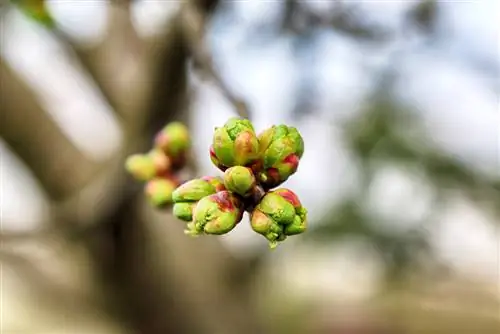- Author admin [email protected].
- Public 2023-12-16 16:46.
- Last modified 2025-01-23 11:20.
The black-eyed Susan is a climbing plant native to Africa. In order for it to reach its final height of two meters, it needs some time, a favorable location and the right care. How to care for the Black-Eyed Susan.
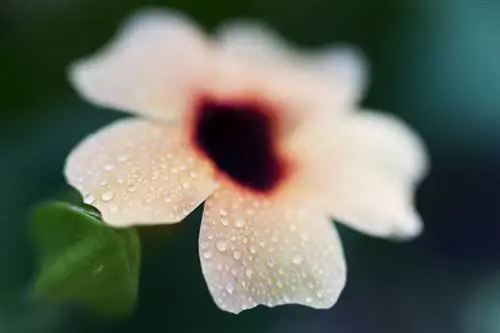
How do I properly care for a Black-Eyed Susan?
Proper care for the black-eyed Susan includes regular watering without waterlogging, nutrient-rich soil and regular fertilizer, if necessary, pruning before overwintering and control for diseases and pests such as powdery mildew, root rot, spider mites and aphids.
How do you water the Black-Eyed Susan properly?
The plant tolerates neither complete dryness nor too much moisture. Take care
- Drained soil outdoors
- Pot with large drain hole
- Loose potting soil
- Drainage if necessary
Let the surface of the soil dry and then water immediately. It is better to water sparingly but more often.
Tilt water that collects in the saucer immediately so that the roots do not stand in the water.
Does the climbing plant need fertilizer?
Black-eyed Susans need lots of nutrients. Plant them in nutritious soil enriched with some horn shavings and mature compost.
During the flowering period, you should give some fertilizer at least once a month, or even better every two weeks. Organic fertilizers or liquid fertilizers for ornamental plants are suitable (€11.00 on Amazon).
Does the Black-Eyed Susan need to be cut?
If you keep the climbing plant as an annual, it does not need to be cut back. Keep removing dead flowers to encourage them to bloom.
If you want to overwinter the black-eyed Susan, cut it back to around 50 centimeters in autumn and thin it out a little.
When does the black-eyed Susan have to be repotted in the pot?
As soon as the pot is heavily rooted, the climbing plant needs a new pot. It is best to repot the black-eyed Susan in spring before it moves to the balcony or terrace.
What diseases and pests do you need to watch out for?
Mildew and root rot occur when the weather is too cool or the humidity is too high.
You need to check the leaves regularly for spider mites and aphids, especially during wintering.
How do you overwinter the Black-eyed Susan?
The black-eyed Susan is not hardy. It is therefore usually kept as an annual plant. If you have enough space, you can also overwinter them indoors.
Tips & Tricks
The black-eyed Susanne is a very special climbing plant. Their tendrils are left-handed, so they wind around the trellis counterclockwise.

